Tinplate For Vegetable Can-CHBA
- Loading Port:
- China Main Port
- Payment Terms:
- TT or L/C
- Min Order Qty:
- 20 Tons~25 Tons m.t.
- Supply Capability:
- 40000 MT Per Month m.t./month
OKorder Service Pledge
OKorder Financial Service
You Might Also Like
General information of Tinplate for Vegetable Can
|
Steel Type |
MR |
|
Temper (BA&CA) |
T1~T5, DR8 |
|
Coating |
2.8~8.4g/m2 |
|
Thickness & Tolerance |
0.15~0.5mm (Tolerance:±0.01mm) |
|
Width & Tolerance |
600~1000 mm(Tolerance: +2/-0mm) |
|
I.D |
508 MM |
|
Coil Weight |
3~10 MT |
|
Passivation |
311 |
|
Oiling |
DOS |
|
Surface Finish |
Bright ,Stone ,Silver ,Matte |
|
Min Order |
25 Tons for 1 20 feet FCL |
|
Package |
Seaworthy Export Standard Wooden Pallet |
|
Standard Available |
GB/T2520-2000, JIS G3303, ASTM A623, BS EN10202 |
|
Lead Time |
35 days after receiving buyer's original L/C or Prepayment |
|
Special specifications are available on customers' requirements. | |
Technical data of Tinplate for Vegetable Can
|
Chemical Composition(%) |
Mechanical Property |
|
C:0.04~0.06 |
Yield Strength: (Mpa):280~320 |
|
Si:0.01~0.03 |
TensileStrength: (Mpa):340~390 |
|
Mn:0.18~0.22 |
Elongation:20%~30% |
|
P:0.014~0.016 |
------------- |
|
S:0.006~0.009 |
Application of Tinplate for Vegetable Can
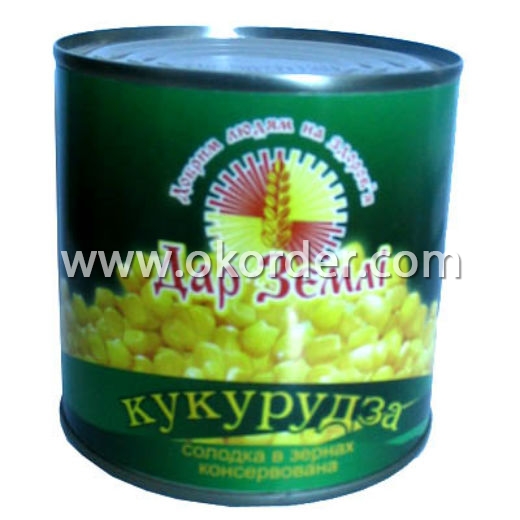 T
T 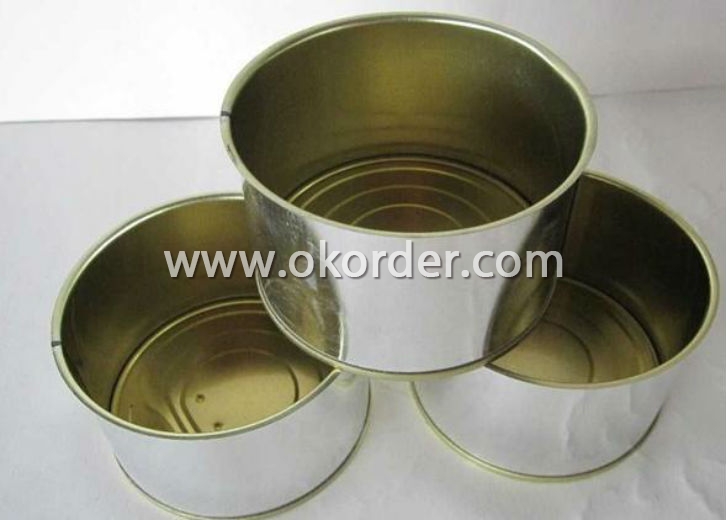
Tinplate is widely used for making all types of containers such as artistic cans, tea cans, painting cans,
chemical package cans and metal printing etc. Its applications are not limited to containers; recently,
tinplate has also been used for making electrical machinery parts and many other products.
Equipment and Facility of Tinplate
Tin Coating Line of Tinplate
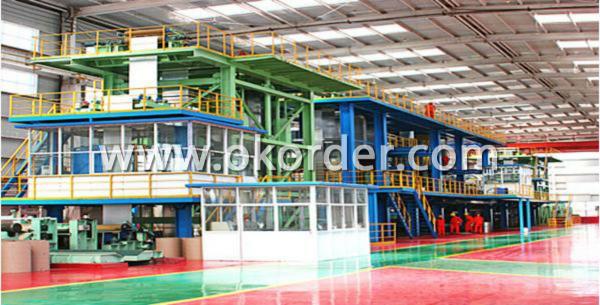
Cold Rolling Mill Batch Annealing Furnaces
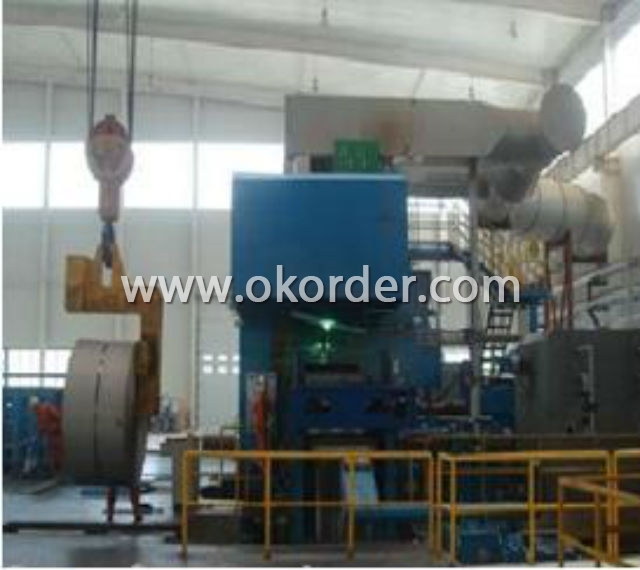
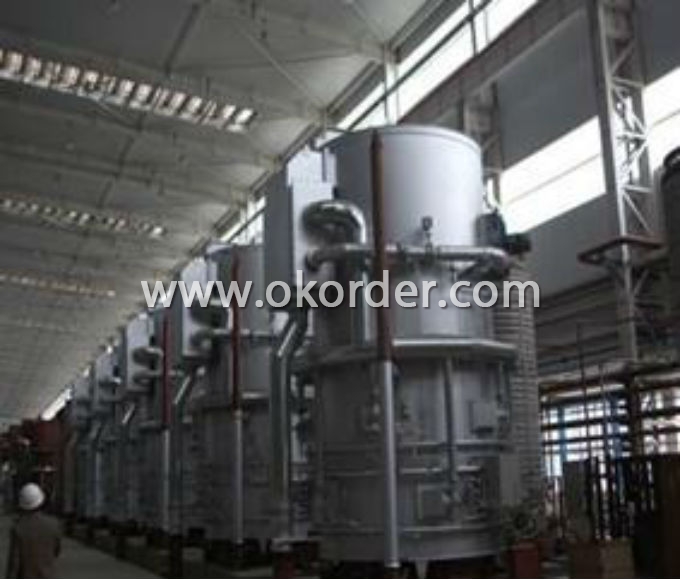
Cutting Line Stock Area
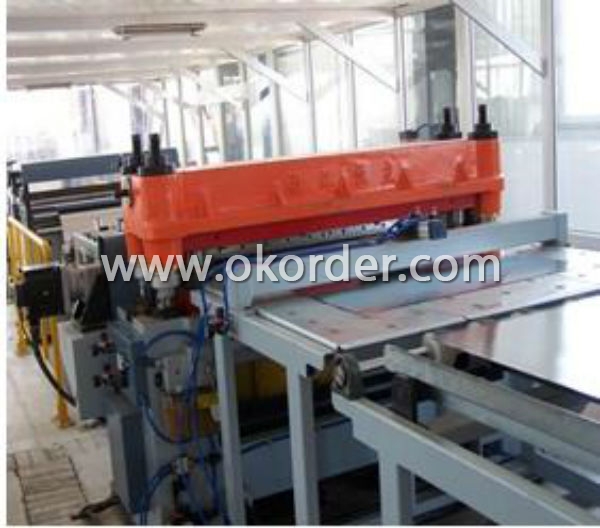
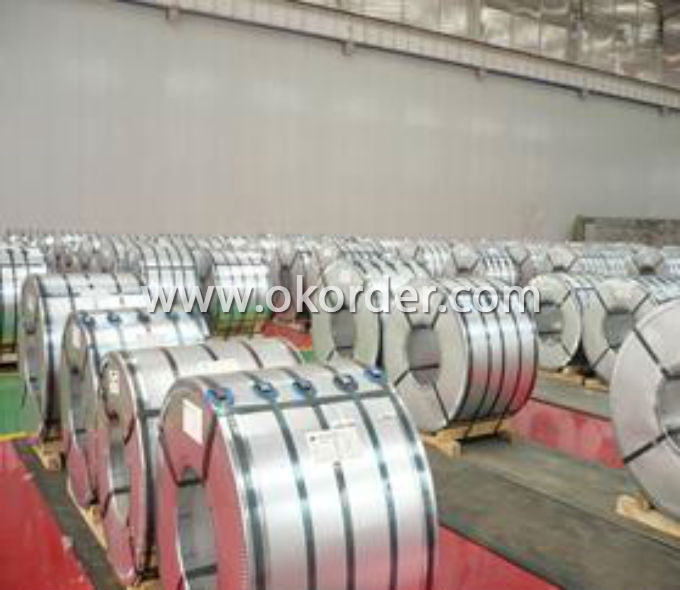
Quantity Control System of Tinplate
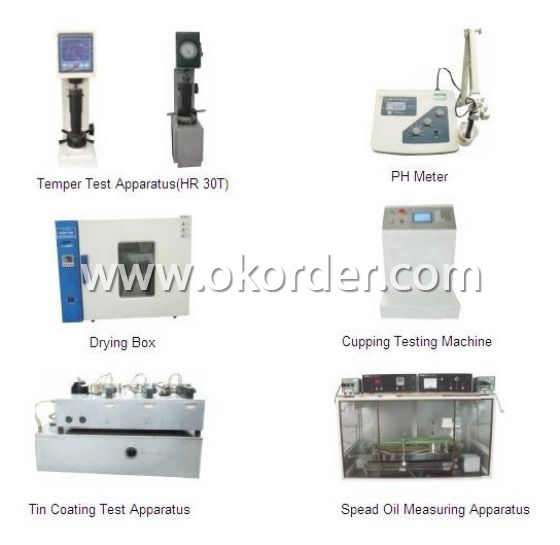
- Q:What are the advantages of using tinplate for signage?
- Some advantages of using tinplate for signage include its durability, versatility, and affordability. Tinplate is a strong and sturdy material that can withstand harsh weather conditions, making it suitable for outdoor signage. It can be easily molded into various shapes and sizes, allowing for creative and eye-catching designs. Additionally, tinplate is relatively cost-effective compared to other materials used for signage, making it a practical choice for businesses looking for a cost-efficient solution.
- Q:Can tinplate be used for cooking utensils?
- No, tinplate is not suitable for cooking utensils as it is not food safe and can react with certain ingredients, compromising the safety and quality of the food.
- Q:What are the common thicknesses of tinplate used for different applications?
- The common thicknesses of tinplate used for different applications range from 0.13mm to 0.49mm.
- Q:How is tinplate coated for toys and games?
- Tinplate is typically coated for toys and games using a process called electroplating, where a thin layer of tin is deposited onto the surface of the metal. This electroplating technique helps enhance the appearance, durability, and corrosion resistance of tinplate, making it suitable for various toy and game applications.
- Q:What is the recycling process for tinplate?
- The recycling process for tinplate involves collecting and sorting tin cans and other tinplate materials from households and businesses. These materials are then transported to a recycling facility where they are shredded and melted down to remove any impurities. The molten tin is then cooled and solidified to form new sheets of tinplate, which can be used to manufacture various products. This process helps conserve resources, reduce waste, and minimize the environmental impact of tinplate production.
- Q:What are the main challenges in tinplate coating thickness control?
- The main challenges in tinplate coating thickness control involve achieving uniformity and accuracy throughout the entire coating process. This requires overcoming issues such as variations in tinplate surface quality, ensuring consistent application of the coating material, and accurately measuring and monitoring the thickness of the coating. Additionally, maintaining control over the coating parameters and adjusting them appropriately to accommodate different tinplate grades and production conditions is also a challenge. Overall, achieving precise and consistent coating thickness control is crucial for ensuring product quality and meeting customer specifications.
- Q:How does tinplate packaging contribute to product protection against odors?
- Tinplate packaging contributes to product protection against odors primarily through its excellent barrier properties. The tin layer on the surface of the packaging acts as a barrier, preventing the transfer of odors from the outside environment to the product inside. This helps to maintain the product's freshness and quality by effectively sealing off any potential odor contamination.
- Q:What is the purpose of tinplate coating?
- The purpose of tinplate coating is to provide a protective layer of tin on the surface of steel, preventing corrosion and enhancing the durability and longevity of the metal.
- Q:What is the thickness range of tinplate?
- The thickness range of tinplate typically varies from 0.13mm to 0.50mm.
- Q:What are the main challenges in tinplate welding and soldering?
- The main challenges in tinplate welding and soldering include achieving proper adhesion due to the thinness of the tin coating, ensuring the cleanliness of the surface to prevent contamination, and controlling the heat input to avoid warping or damaging the tinplate material. Additionally, the low melting point of tin can make it prone to overheating or burning, requiring careful temperature control during the welding or soldering process.
1. Manufacturer Overview |
|
|---|---|
| Location | Hebei,China |
| Year Established | 2009 |
| Annual Output Value | Above US$100 Million |
| Main Markets | North America;South America; Eastern Europe Southeast Asia; Africa; Mid East Eastern Asia; Western Europe; Central America Northern Europe; Southern Europe; Domestic Market |
| Company Certifications | HACCP;ISO 9001:2008;ISO 14001:2004 |
2. Manufacturer Certificates |
|
|---|---|
| a) Certification Name | |
| Range | |
| Reference | |
| Validity Period | |
3. Manufacturer Capability |
|
|---|---|
| a)Trade Capacity | |
| Nearest Port | Tianjin |
| Export Percentage | 11% - 20% |
| No.of Employees in Trade Department | 6-10 People |
| Language Spoken: | English;Chinese |
| b)Factory Information | |
| Factory Size: | Above 270,000 square meters |
| No. of Production Lines | Above 12 |
| Contract Manufacturing | OEM Service Offered |
| Product Price Range | High;Average |
Send your message to us
Tinplate For Vegetable Can-CHBA
- Loading Port:
- China Main Port
- Payment Terms:
- TT or L/C
- Min Order Qty:
- 20 Tons~25 Tons m.t.
- Supply Capability:
- 40000 MT Per Month m.t./month
OKorder Service Pledge
OKorder Financial Service
Similar products
New products
Hot products
Hot Searches
Related keywords


























